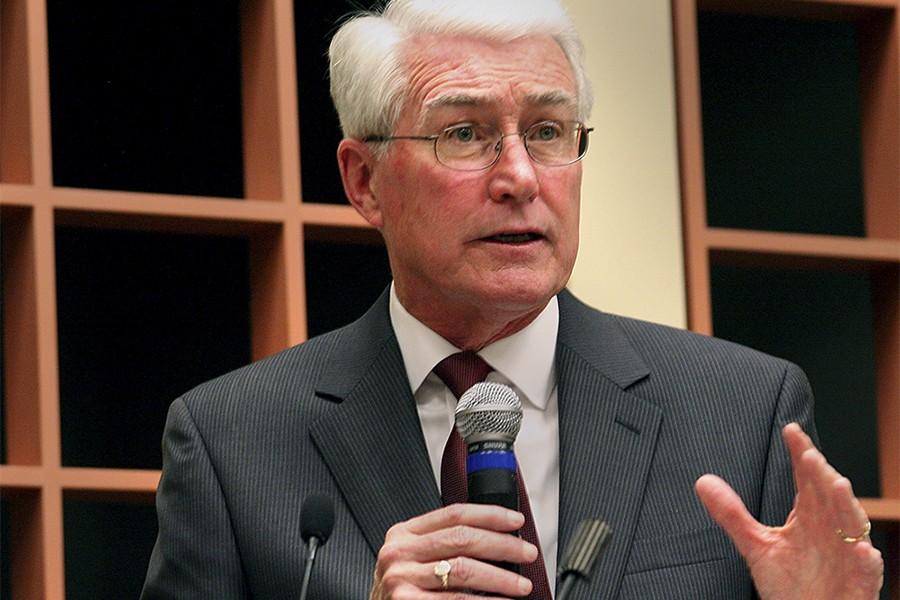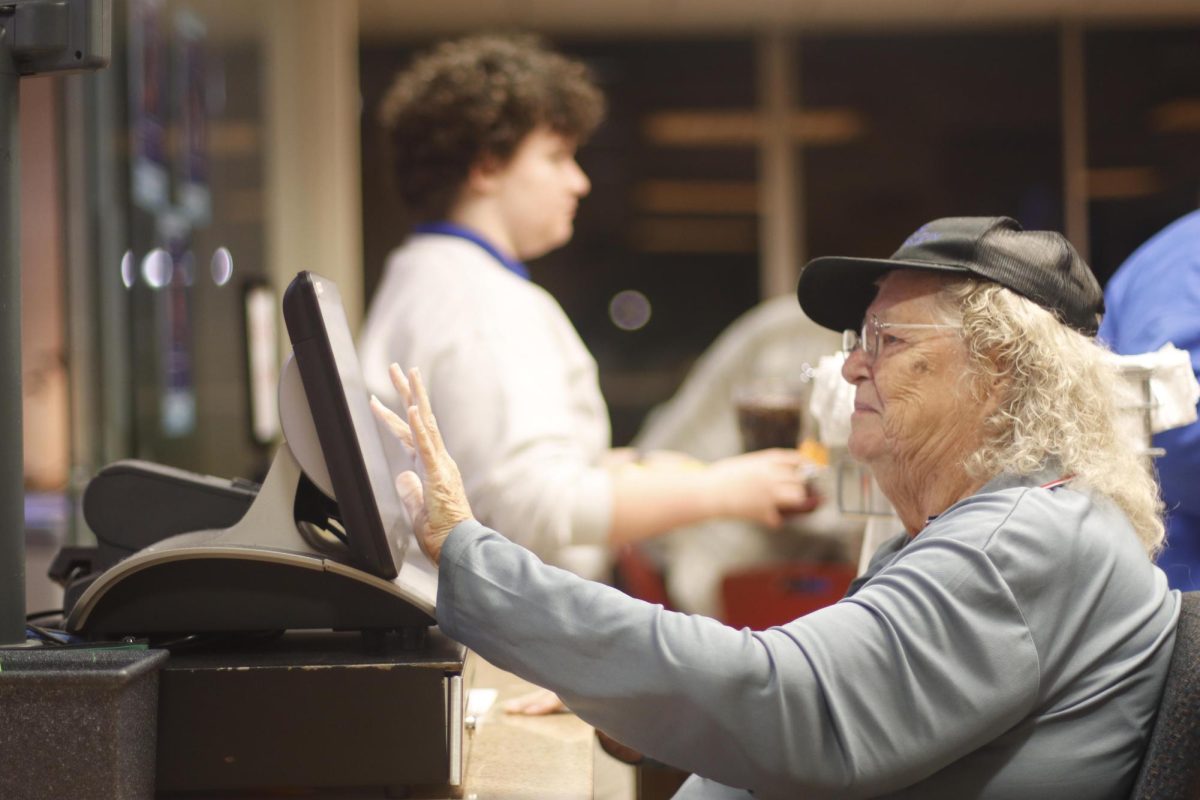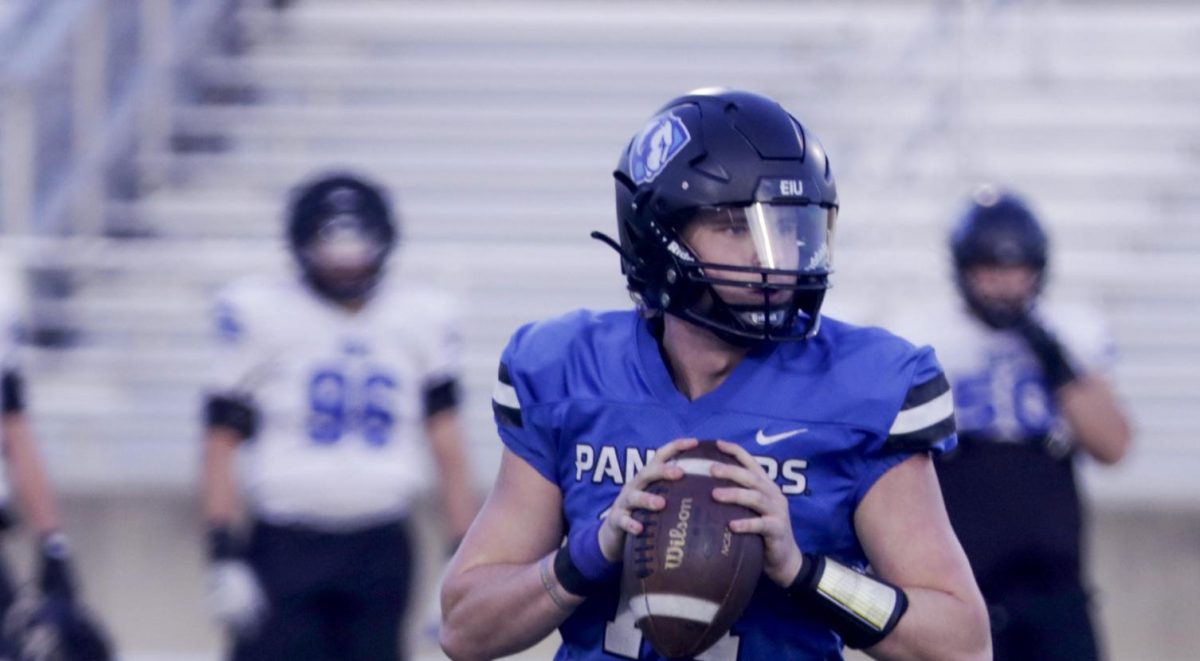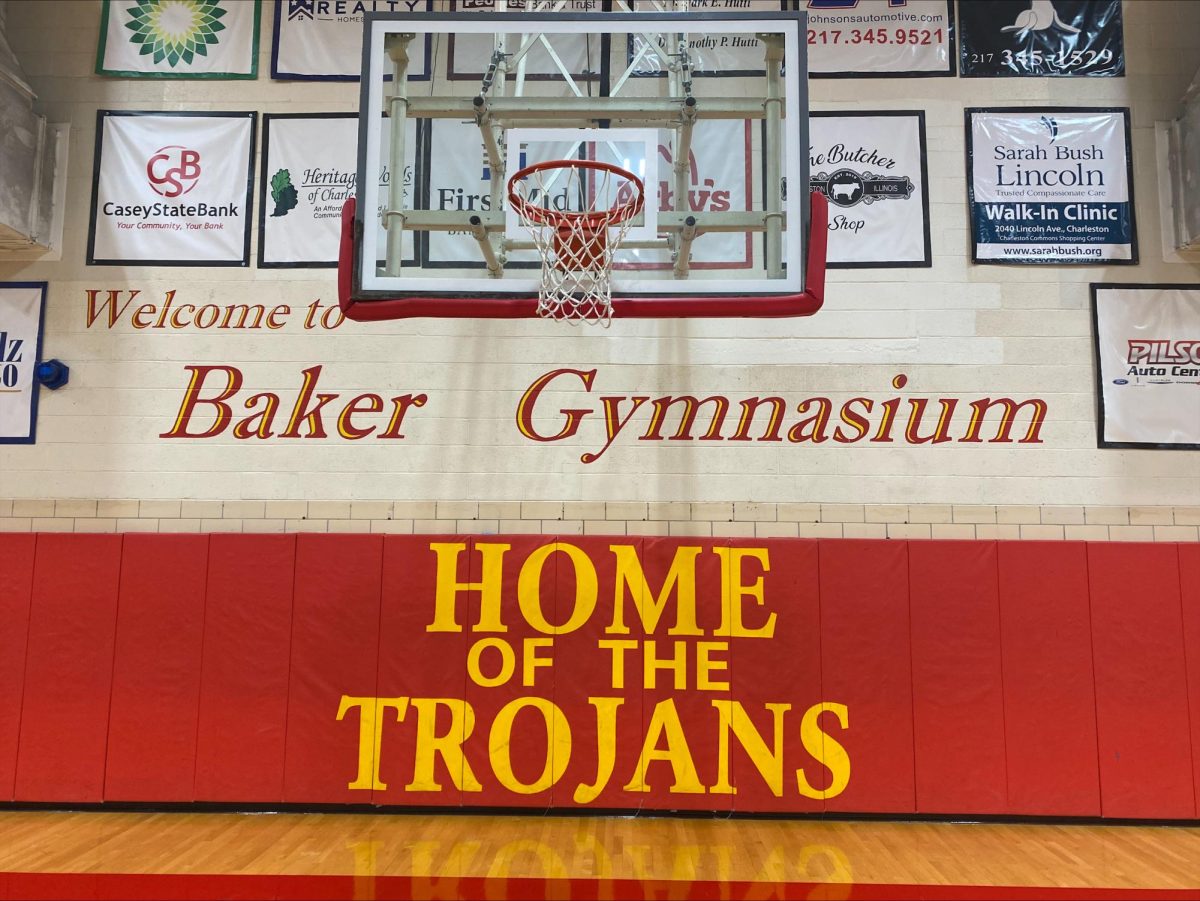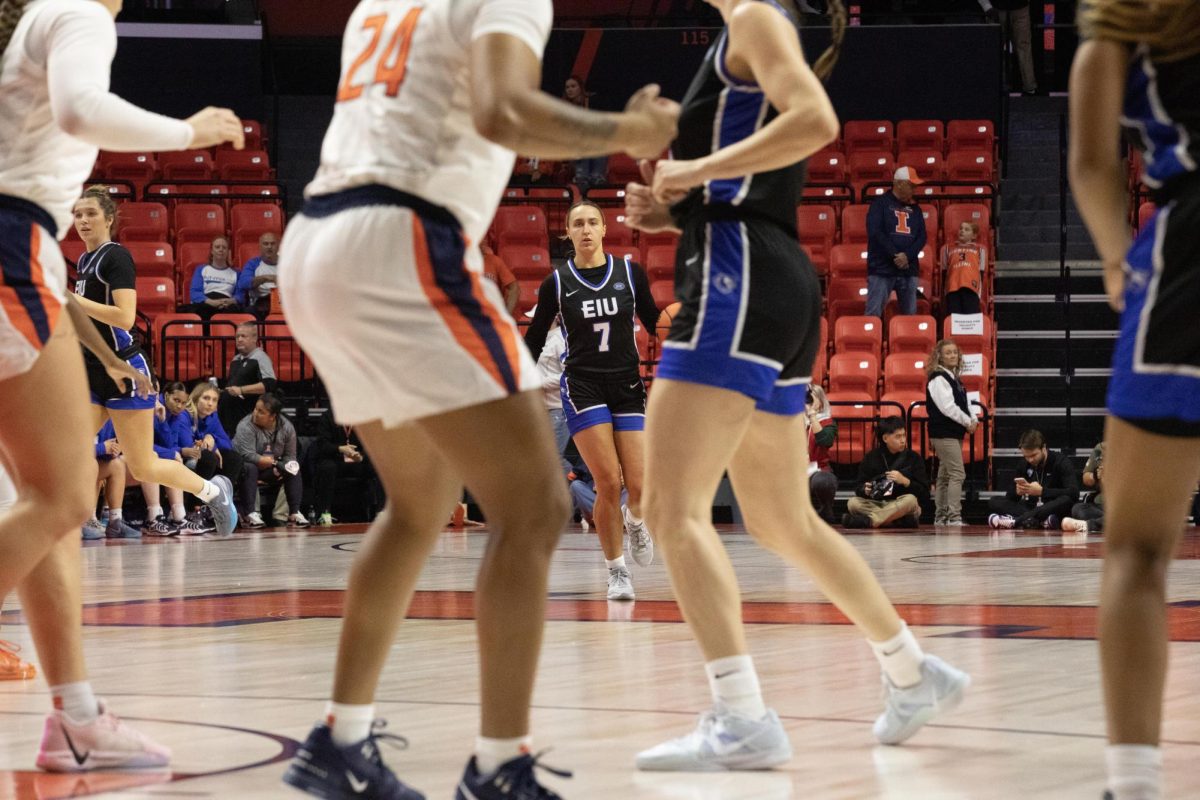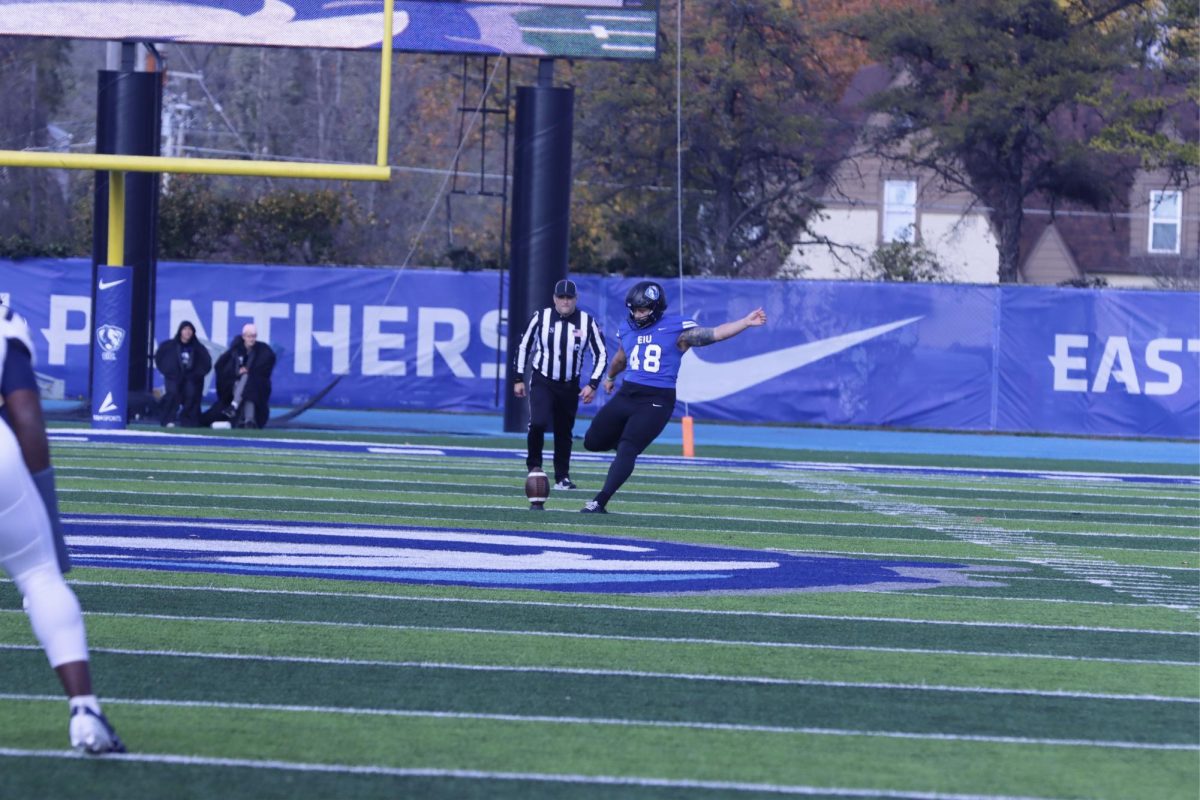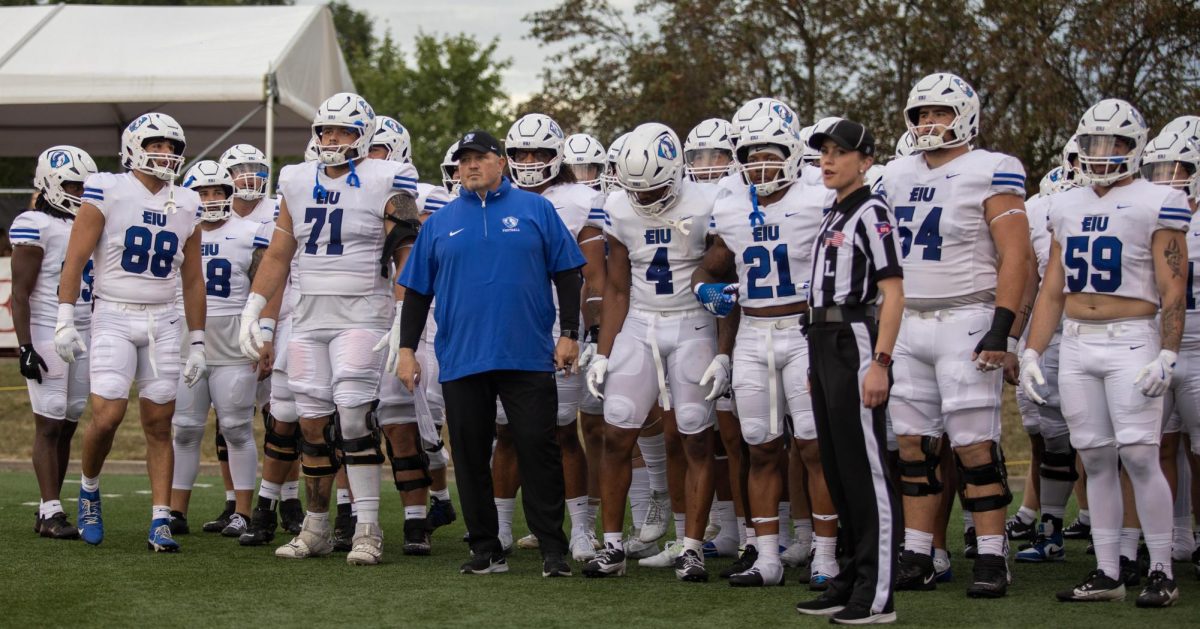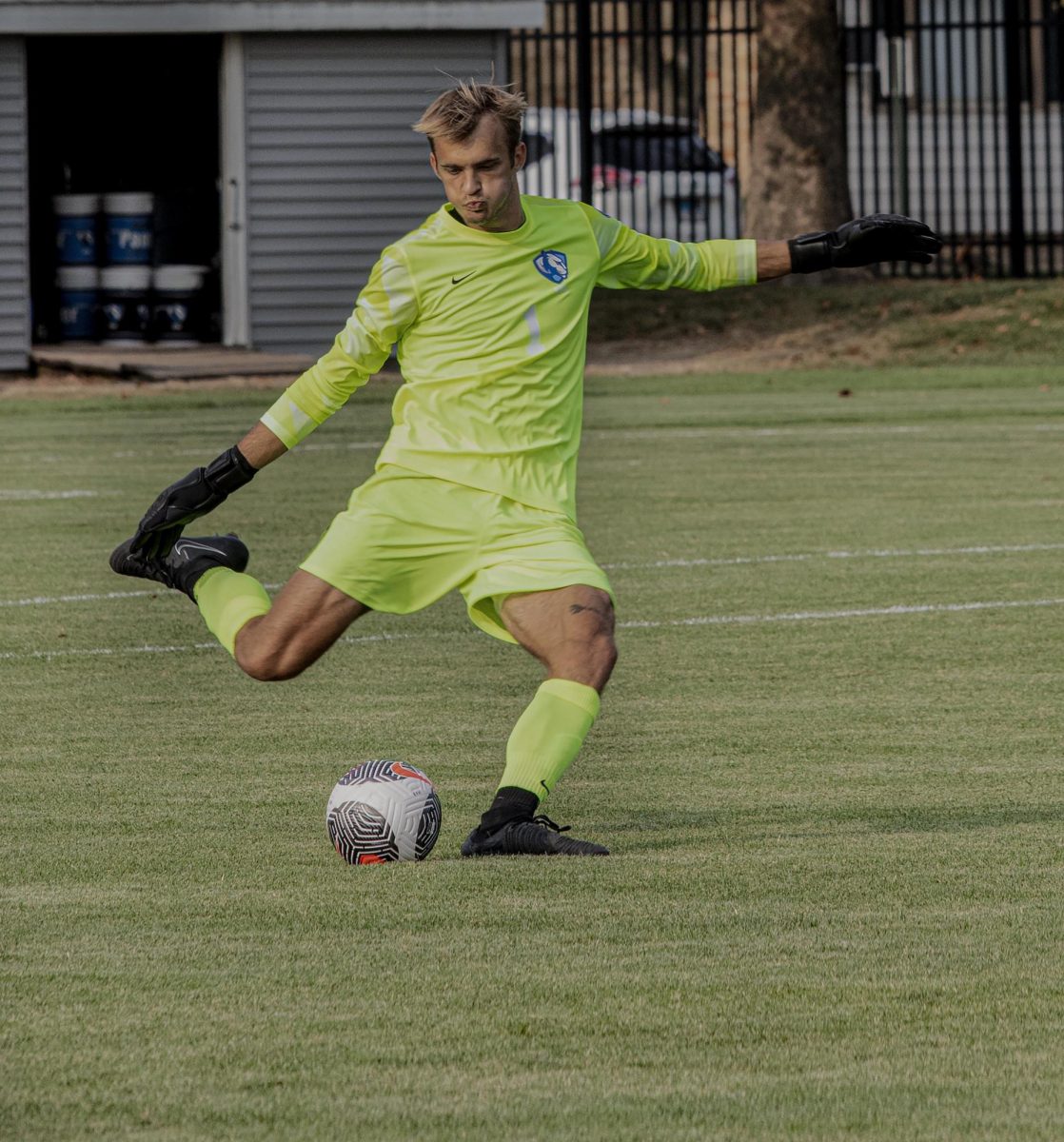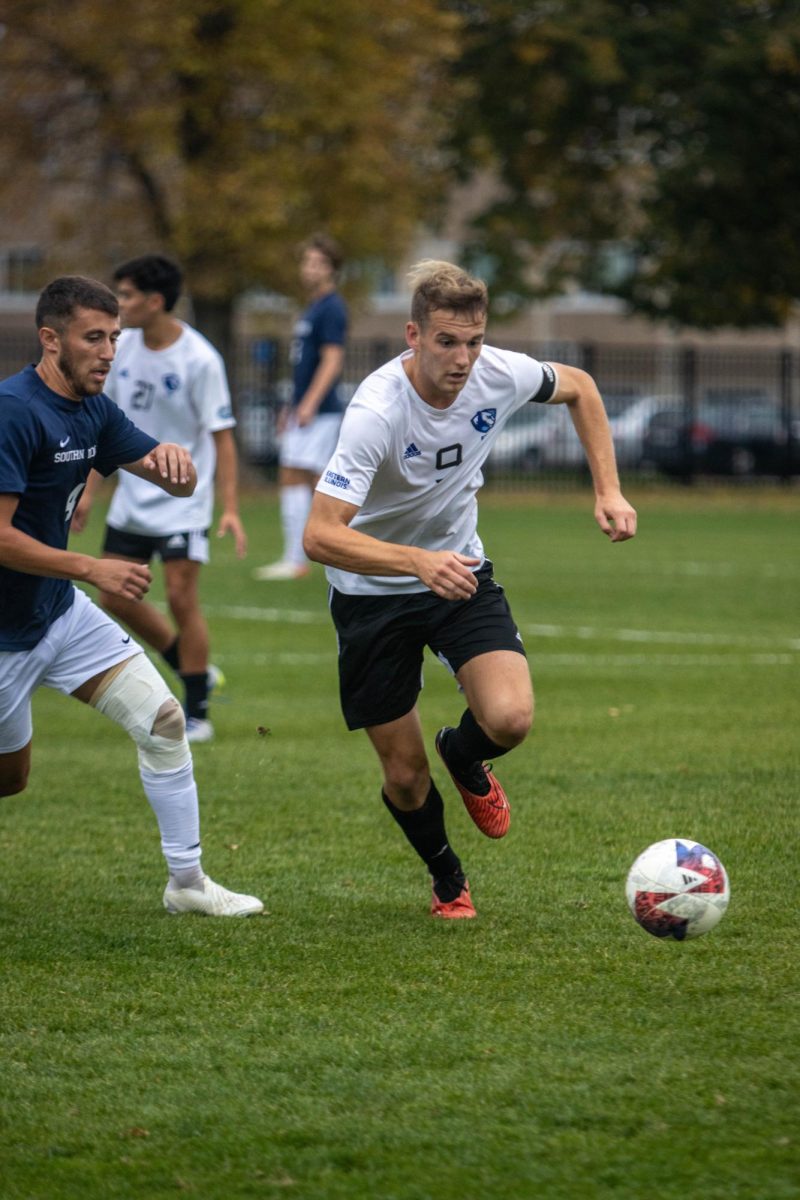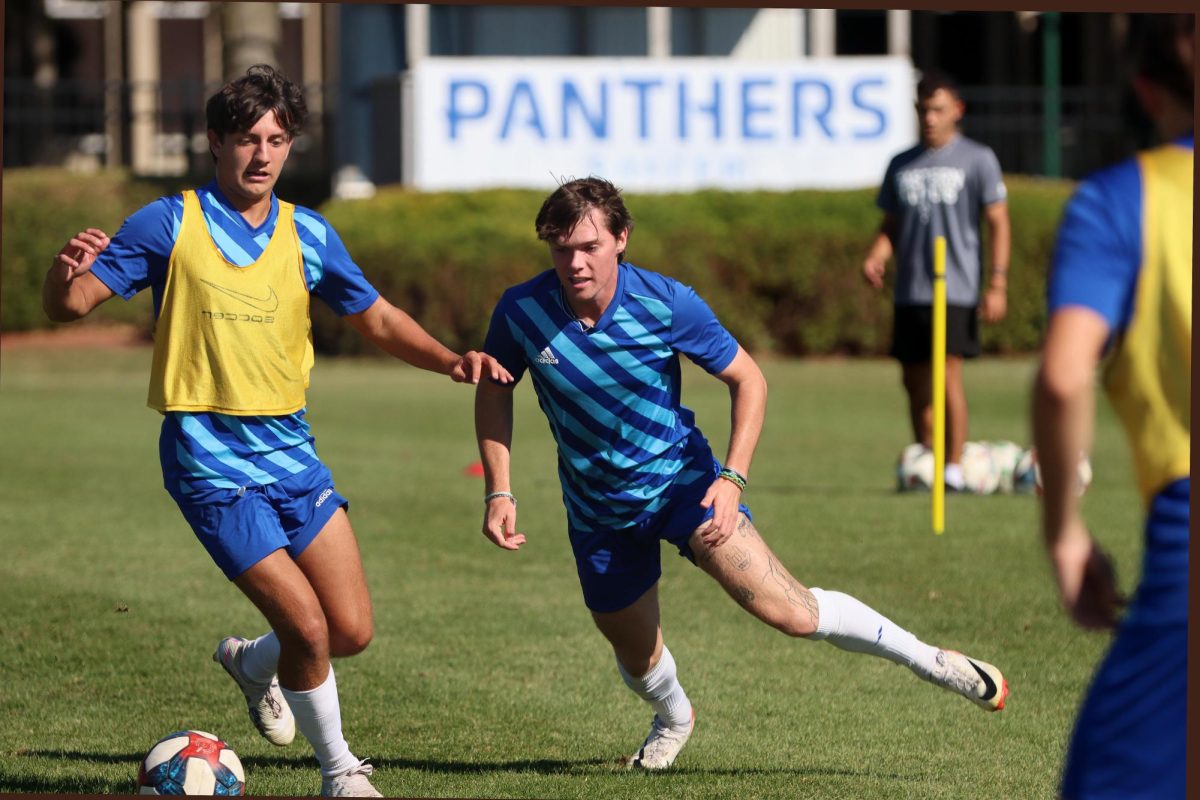Advisory Board explores new paths for revenue
Members of the Education Advisory Board proposed new methods of generating alternative revenue streams for the university to the Counsel on the University Planning and Budget on Friday.
Chris Miller, executive director of EAB, and Mary Meshreky, Senior Consultant for the EAB, introduced revenue options ranging from advertising space to possibly launching a fragrance.
Based in Washington, D.C., the EAB was created three years ago as a subsidiary of parent company the Advisory Board, which focused primarily on best practices for the medicinal and executive industry.
The company works with 300 of the top 500 private and public universities in the country to generate best practices for institutions.
“We are charged to do research on topics that are of (the) greatest urgency,” Miller said. “Everyone is concerned about the funding crisis.We’re trying to promulgate ideas that are at the brink of progress.”
Miller said this cannot be done by relying on traditional forms of revenue such as tuition. He said he believes universities are short on practical applications and are too focused on often-unreliable game-changing ideas.
Universities like the New YorkUniversity have found success with research into pharmaceuticals like Remicade or launching a major product like Gatorade at the University of Florida.
It is not realistic for every single university to have a single, smash-hit like these, Miller said.
One of the more extreme ideas for revenue originates with Lindenwood University in St. Charles, Mo. with their Livestock Barter Program.
Miller said 10 years ago, the university allowed new students to exchanges hogs for tuition credits.
“We have no idea of what became of the pigs,” Miller said. “We didn’t know whether merit students were receiving piglets or credits.”
Several universities are using an unconventional approach of generating revenue by developing a university fragrance. Devised by the chemistry students, “Entropy” is the fragrance of University of Warsaw in Poland.
Similarly, students and staff alike can emanate the aroma of the University of Tennessee for the price of $60 per bottle, according to the EAB.
“The new market is the upscale market,” Miller said.Universities are now marketing alumni and older patrons as a possible revenue source, he said.
Miller said one of the issues that arises with the alternative revenue success stories is what the EAB refers to as the “Gatorade Problem.”
Increasing “sellable space” for advertising is another method that the university can explore.
Miller said in some occasions, advertisers will take over avoided renovation costs (averaging from $50,000 to $150,000) in exchange for the opportunity to advertise in the renovated areas, such as bus kiosks, bike racks or parking garages.
Schools have also reported a $20,000 revenue source for bundled advertising sales on flat screens in university unions, according to the EAB.
Miller said that Universities like Oregon State have also been enlisting third-party recruitment partners to attract more international students to increase revenue.




